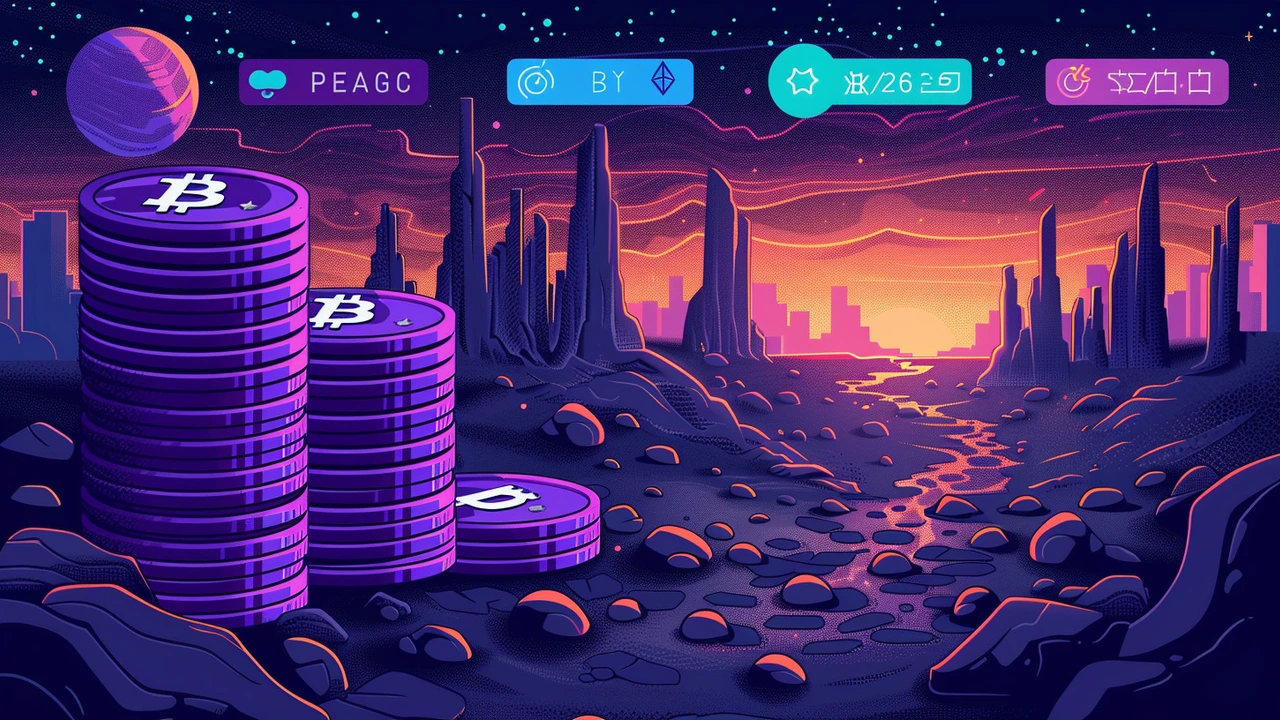token listing: latest exchange listings, launch dates and what to know
New token listings can move markets overnight. When a token lands on a major exchange, trading volume and price often spike fast. If you follow crypto or run a project, knowing how listings work helps you act quickly and avoid common mistakes.
What a token listing means
A token listing is when an exchange or platform lets users buy and sell a token. Listings can be simple — adding a token to a small exchange — or huge, like debuting on Binance or Coinbase. Bigger listings usually bring more buyers, media attention, and liquidity. Smaller listings may still matter for niche communities and local markets.
How token listings impact price and users
Listings often trigger short-term price jumps because new buyers enter the market. That can be good for holders, but it also brings volatility. Projects should expect sudden swings and plan token unlocks, marketing, and communication around listing dates. For users, check wallet compatibility, deposit windows, and trading rules before you move funds.
How to track and verify listing news. Not every "listing announcement" is real. Scammers fake screenshots and fake social posts to pump prices. Here’s a quick checklist:
- Confirm the announcement on the official exchange website or verified social accounts.
- Look for a listing date, trading pairs, and deposit instructions.
- Check the token contract address on block explorers like Etherscan or BscScan.
- Beware of unknown airdrops or "pre-sale" links asking for private keys or payments.
Practical steps for projects and investors. If you run a token, coordinate with exchanges early. Share clear timelines and set responsible release schedules for tokens. If you’re an investor, avoid buying solely on hype. Use limit orders and set stop-losses if you want to protect gains. For short-term trades, watch order book depth to judge how long a price move might last.
Regulatory notes for African markets. Many African countries are still shaping crypto rules. That affects how exchanges list tokens and what KYC steps users must complete. If you live in Africa, check local exchange rules and any tax guidance. When in doubt, choose regulated platforms or respected regional exchanges to reduce risk.
Common listing types include centralized exchange listings, DEX listings, and cross-listings. Centralized exchanges often require KYC, legal checks, and sometimes charge listing fees or ask for market maker support. Decentralized exchange (DEX) listings are faster but need a liquidity pool and carry more risk of low liquidity or scams. Cross-listings help spread liquidity and reduce single-exchange shocks. Also watch delisting rules: low volume or rule breaches can remove a token quickly. Always confirm token chain support (ERC-20, BEP-20, Solana) and fee schedules before you deposit.
We track token listing updates that matter for Africa and global markets. Follow this tag for verified announcements, clear checklists, and practical tips. Want instant alerts? Subscribe or follow our verified social channels so you don’t miss a listing that could affect your portfolio.
Read verified updates daily.
Param Labs Token Debuts on Major Cryptocurrency Exchanges: Bybit, Gate.io, BitGet, and MEXC
By Sfiso Masuku On 29 May, 2024 Comments (14)

Param Labs' native token is now listed on Bybit, Gate.io, BitGet, and MEXC. This milestone expands the token's reach, increasing its visibility and liquidity. Users can now trade the token on these prominent exchanges known for their robust infrastructure and extensive user bases.
View More




